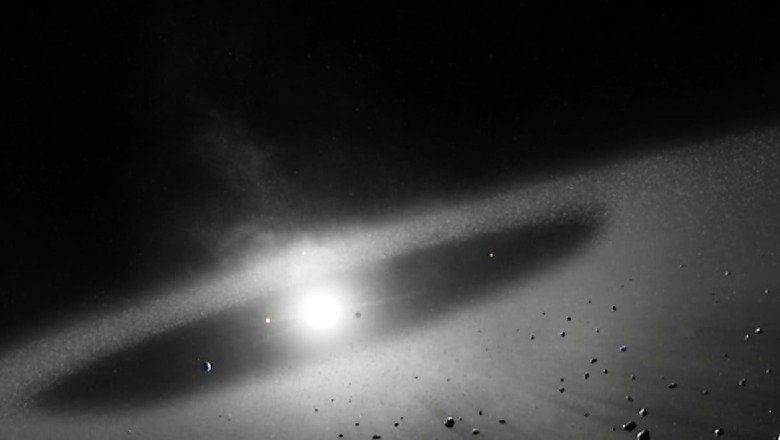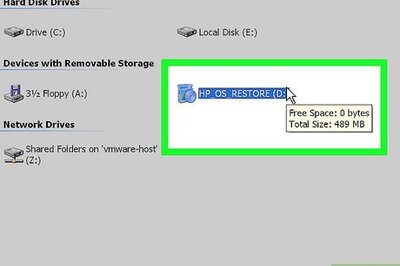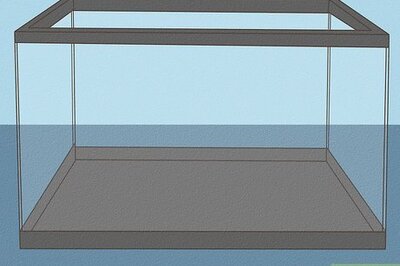
views
Scientists have recently made an intriguing discovery, revealing the presence of a mysterious zone at the edge of our solar system. This new finding has left many people amazed. While we have made significant advancements in exploring distant stars and galaxies, certain regions within our solar system, such as the Oort Cloud and the Kuiper Belt, remain largely unexplored. These areas are incredibly far away and difficult to observe, leaving much still to be discovered.
A recent study conducted by NASA’s New Horizons Kuiper Belt search team has reported the detection of an unexpected group of distant bodies in the Kuiper Belt. This discovery suggests that our solar system may have formed from a much larger protostellar disk than previously thought. It also opens up the possibility of discovering new objects for NASA’s New Horizons mission to study.
The Kuiper Belt, a cold, ring-shaped region beyond Neptune, is filled with icy bodies, including Pluto, Arrokoth, and other Kuiper Belt Objects (KBOs). Recently, astronomers have observed an increase in the number of these KBOs, which are situated between 70 and 90 astronomical units (AU) from the Sun. To put this into perspective, one AU is the average distance between the Earth and the Sun.
A new, peer-reviewed study authored by NASA’s New Horizons Kuiper Belt search team reports the detection of an unexpected population of very distant bodies in the Kuiper Belt. The discovery suggests the solar system may have formed from a much larger protostellar disk, and… pic.twitter.com/slGrznmGS3— NASA New Horizons (@NASANewHorizons) September 4, 2024
What makes this discovery especially intriguing is that these newly found KBOs are located far beyond the previously known population of Kuiper Belt objects. The gap between the established Kuiper Belt and these new findings is so vast that experts believe it could represent an entirely new region within the belt itself.
A planetary scientist from Japan has stated that if these findings are confirmed, it would be a significant discovery. The Kuiper Belt extends from about 30 AU, near Neptune’s orbit, to roughly 50 AU. Yet, at least 11 of these newly discovered KBOs are located far beyond this boundary, marking an exciting new chapter in our understanding of the outer solar system.




















Comments
0 comment